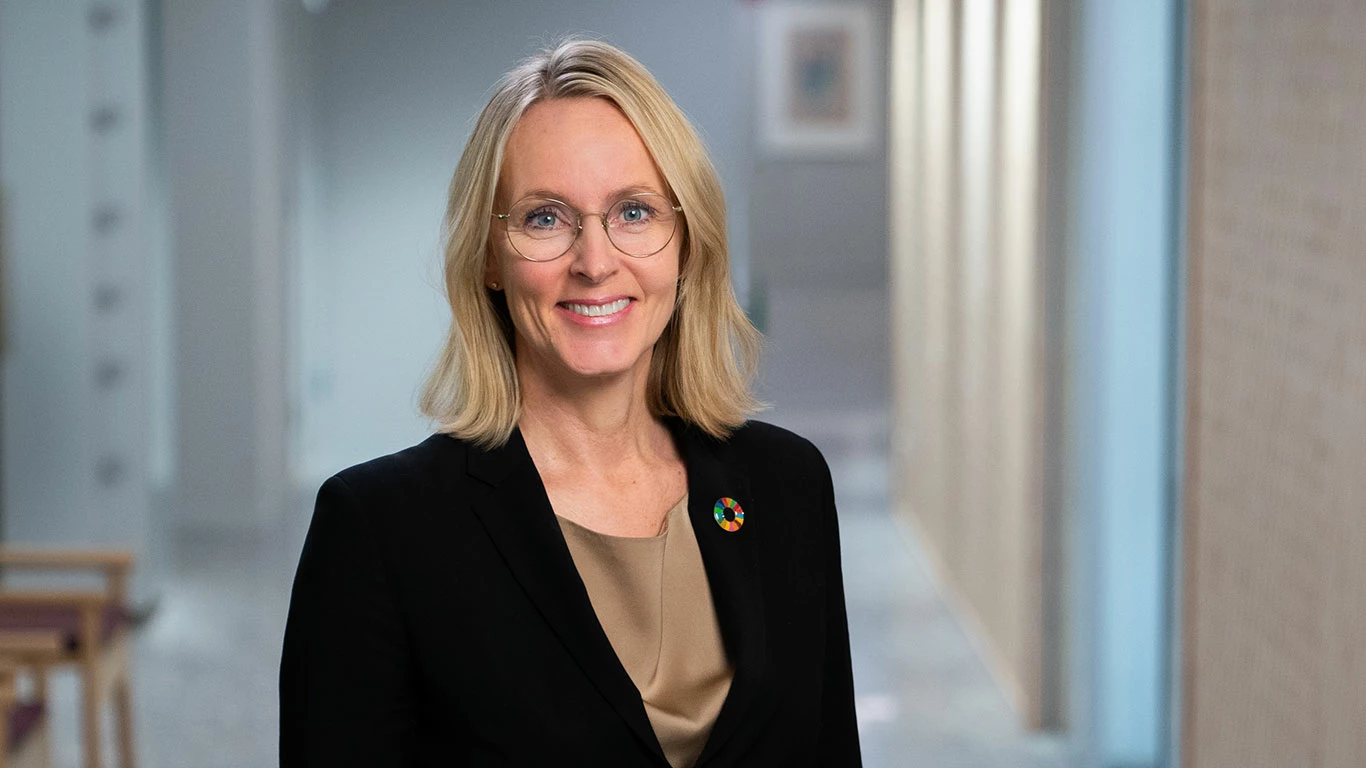Our latest annual report shows that Nordea has made significant progress:
- 36% reduction in financed emissions in our lending portfolio since 2019.
- 44% decrease in carbon intensity (WACI) across Nordea Asset Management portfolios since 2019.
- 53% drop in carbon emissions from Nordea’s internal operations since 2019.
